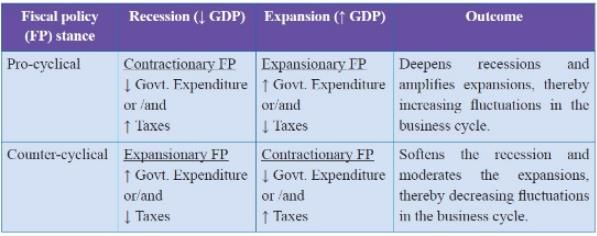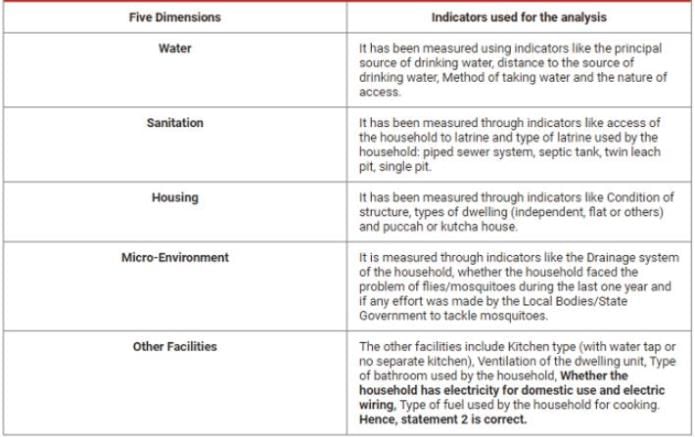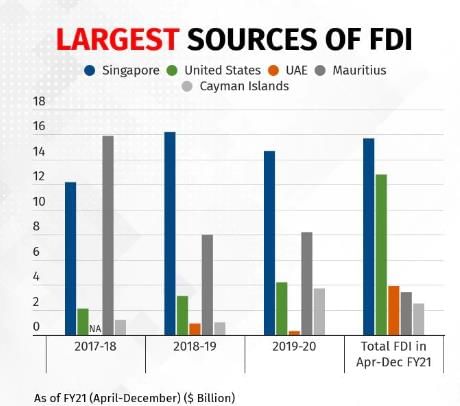Test: Economic Survey 2021 (Volume I)- 2 - UPSC MCQ
15 Questions MCQ Test - Test: Economic Survey 2021 (Volume I)- 2
Which of the following statements defines the term ‘interest growth rate differential’ (IGRD)?
With reference to the Pro-cyclical Fiscal Policy stance during an economic boom, consider the following statements:
- An increase in government expenditure will increase growth.
- In this fiscal policy stance, the government also increases the tax rates.
Which of the statements given above is/are correct?
Which of the following statements defines the term ‘Lorenz Curve’?
With reference to the Rule of Law Index in 2020, consider the following statements:
- India has been ranked in 69th position.
- India’s performance has improved significantly in following due process in administrative proceedings between 2015 and 2020.
Which of the statements given above is/are correct?
Which of the following statements define the term ‘Solow-Swan Model’?
With reference to the ‘Bare Necessities Index’, consider the following statements:
- It is based on four dimensions namely, housing, water, food and sanitation.
- BNI also covers the electricity connection and type of electrical wiring in the home as an indicator under dimensions.
Which of the statements given above is/are correct?
With reference to the Sahaj Bijli Har Ghar Yojana (Saubhagya), consider the following statements:
- As per the Saubhagya Portal, all the states of India have achieved universal electrification.
- The government launched Saubhagya Yojana for providing electricity connections to all willing un-electrified households in rural areas only.
Which of the statements given above is/are correct?
Which of the following statements defines the Ricardian Equivalence Proposition?
Consider the following statements:
- The K-shaped recovery implies that there are inequalities in the recovery process.
- In V shape recovery jobs are permanently lost.
Which of the statements given above is/are correct?
The ‘e-Sanjeevani’, recently in the news refers to?
Consider the following statements about the Consolidated Sinking Fund:
- The Consolidated Sinking Fund is managed by the Reserve Bank of India.
- The purpose of this fund is to strengthen the crisis response of the Union Government.
Which of the statements given above is/are correct?
Consider the following statements about the Defense Acquisition Procedure 2020:
- It contains policies for modernisation of the Armed Forces including the Coast Guard.
- Offset clause has been introduced in the government-to-government purchases.
Which of the statements given above is/are correct?
The ‘Logistics Performance Index’ is released by?
Consider the following statements:
- The FDI in the defense sector has been increased from 49 percent to 74 percent through automatic route.
- Mauritius has been the largest source of FDI in India in FY20.
Which of the statements given above is/are correct?
The 15th Finance Commission has suggested shifting which of the following State subjects to the Concurrent List of the 7th Schedule?























